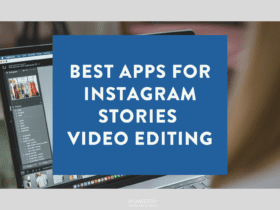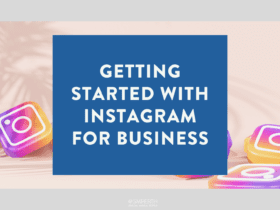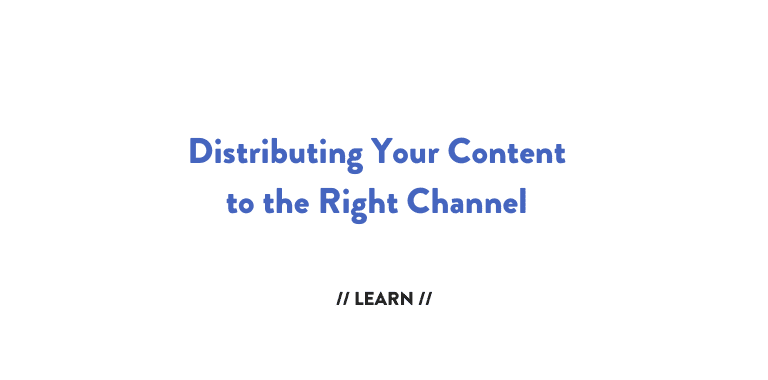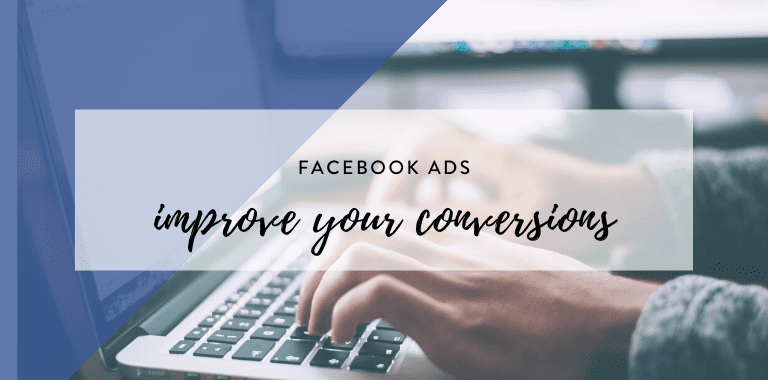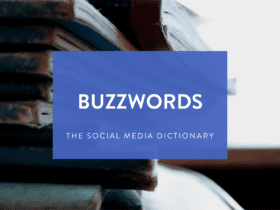Nowadays, with so much video content being produced, video editing apps are popping up left, right, and centre. But which should you use?
When we think of social media tools best suited to grow a business we think of Facebook, right? Or perhaps, Instagram. But what about YouTube?
We are all too familiar with some of the most recognised social media networks in the western world, but many of these channels may somewhat be inaccessible to some of the world’s largest markets.
Businesses don’t sell to businesses. Businesses don’t even talk to businesses. Here are a few tips to avoid falling into the trap of boring B2B marketing.
The value of a social media influencer is always in question especially concerning what the right price of investment on an influencer and what is the ROI is.
We're constantly told that the Holy Grail is increased engagement. That would be fine if we could agree on what engagement actually is – and why it matters.
Much of what we do in social media hinges on the assumption that I can’t be held liable for something you post. Obvious, right?
Before we get you started it’s probably worthwhile asking yourself if this platform is actually going to work well for your business.
The truth is that there are fake influencers out there and it is in your best interest to seek out the most appropriate social media influencers to represent your brand.
Knowing the best channels for your content can be confusing. In this video we show you how to distribute your content based on your audience and goals.
The story you tell with your Facebook Ad copy is what gets people to click on your Ad. In this post, we'll show you 6 secrets to improve FB conversions!
To keep you one step ahead, we’ve compiled a list of social media buzzwords you can reasonably expect to see around the place.



